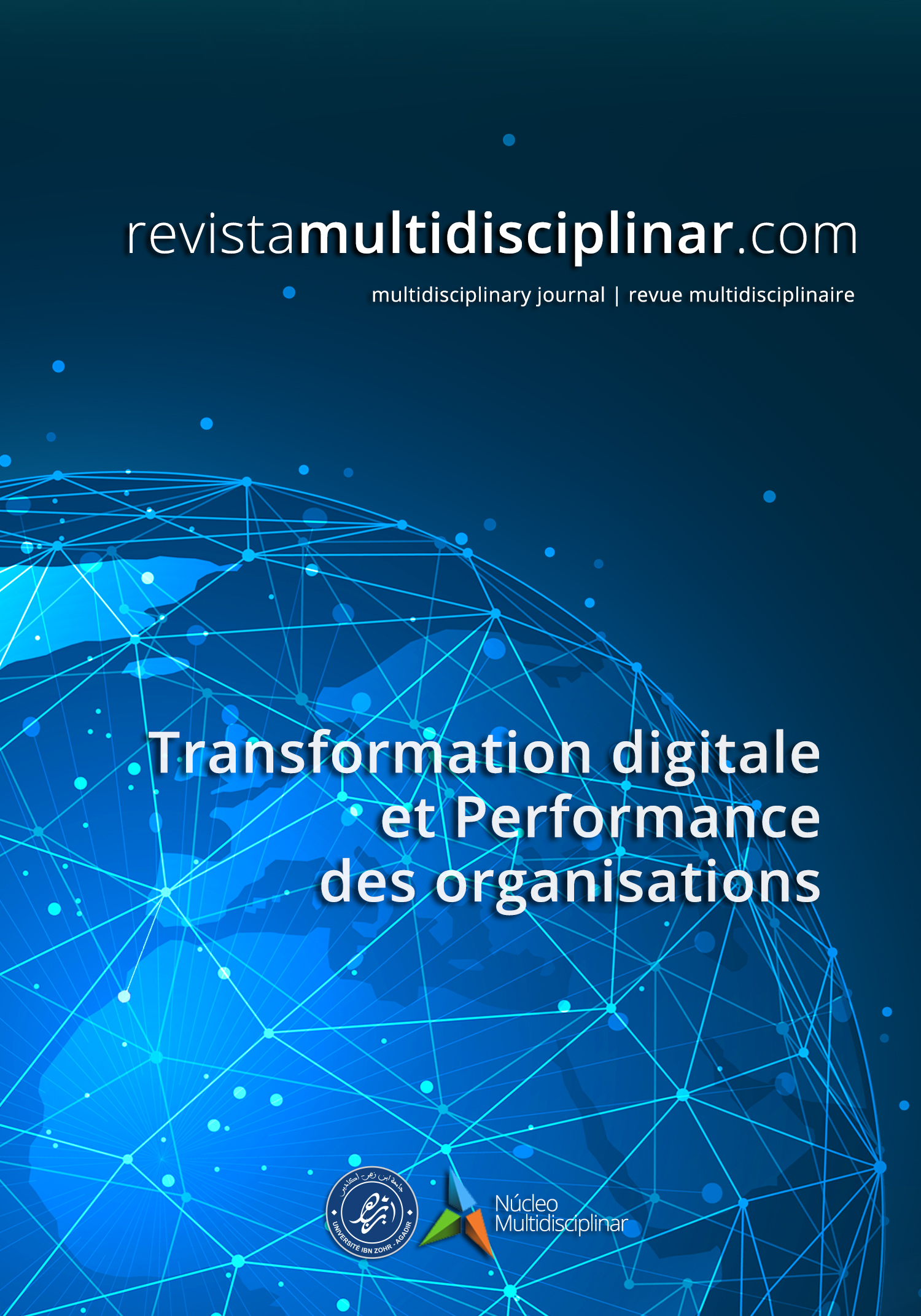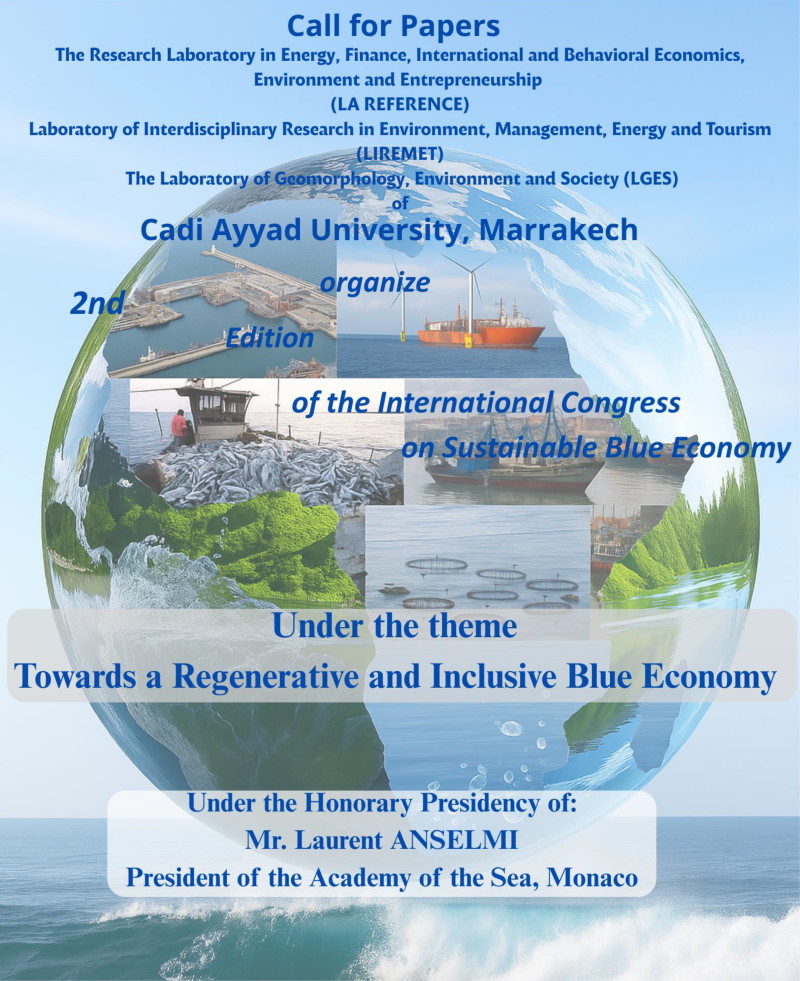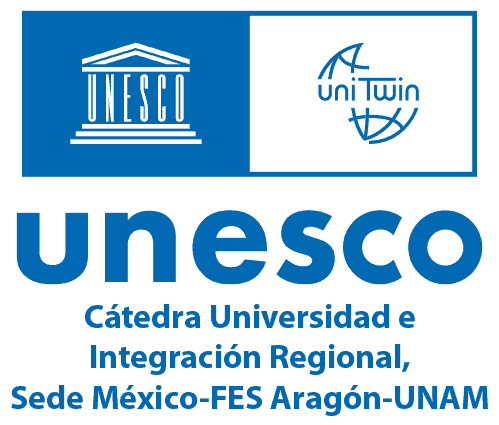Qualité des institutions et croissance économique dans la région MENA
une analyse par la méthode des moments généralisés
DOI:
https://doi.org/10.23882/rmd.23164Palavras-chave:
Institution, croissance économique, région MENA, GMMResumo
Les institutions, qu'elles soient politiques, légales, financières ou administratives, fournissent le cadre et les règles nécessaires à une économie stable et prospère. Une solide gouvernance, la primauté du droit, la transparence et la lutte contre la corruption sont autant de facteurs qui favorisent un environnement propice aux investissements, à l'innovation et à la création d'emplois. L'objectif de cet article est d'examiner l’influence des institutions sur la performance économique des pays de la région MENA. L’étude porte sur un panel de 14 pays pour la période 1996-2021 en utilisant la méthode dynamique des moments généralisés en système (GMM) de Blundell et Bond (1998). Les résultats montrent que le les institutions ont un effet positif et significatif sur la croissance économique des pays de la région MENA.
Referências
Acemoglu, D., Johnson, S., & Robinson, J. A. (2001). The Colonial Origins of Comparative Development: An Empirical Investigation. American Economic Review, 91(5), 1369-1401.
Acemoglu, D., Johnson, S., & Robinson, J. A. (2005). The Rise of Europe: Atlantic Trade, Institutional Change, and Economic Growth. American Economic Review, 95(3), 546-579.
Acemoglu, D., & Robinson, J.A. (2012). Why Nations Fail: The Origins of Power, Prosperity, and Poverty. Crown Business.
Arellano, M., & Bond, S. (1991). Some Tests of Specification for Panel Data: Monte Carlo Evidence and an Application to Employment Equations. Review of Economic Studies, 58(2), 277-297.
Blundell, R., & Bond, S. (1998). Initial conditions and moment restrictions in dynamic panel data models. Journal of Econometrics, 87(1), 115-143.
Busse, M., & Hefeker, C. (2007). Political Risk, Institutions and Foreign Direct Investment. European Journal of Political Economy, 23(2), 397-415.
Engerman, S.L., & Sokoloff, K.L. (2002). Factor Endowments, Inequality, and Paths of Development Among New World Economics. Economia, 3(1), 41-109.
Jensen, N.M., Ladenburg, J., & Lindegaard, C. (2012). Reputation, Trust and the Role of Marketing Communication in Public Decision-making on Nuclear Waste Management. Journal of Risk Research, 15(3), 247-268.
Hall, R. E., & Jones, C. I. (1999). Why Do Some Countries Produce So Much More Output per Worker than Others? The Quarterly Journal of Economics, 114(1), 83-116.
Helliwell, J.F. (1992). Empirical Linkages between Democracy and Economic Growth. NBER Working Paper No. 4066, National Bureau of Economic Research, Cambridge.
Kormendi, R., & Meguire, P. (1985). Macroeconomic Determinants of Growth: Cross-Country Evidence. Journal of Monetary Economics, 16(2), 141-163.
Knack, S., & Keefer, P. (1997). Does Social Capital Have an Economic Payoff? A Cross-Country Investigation. The Quarterly Journal of Economics, 112(4), 1251-1288.
Mauro, P. (1995). Corruption and Growth. The Quarterly Journal of Economics, 110(3), 681-712.
Méon, P. G., & Sekkat, K. (2004). Does the Quality of Institutions Limit the MENA's Integration in the World Economy? The World Economy, 27(9), 1475-1498.
North, D.C. (1989). Institutions and economic growth: An historical introduction. World Development, 17(9), 1319-1332.
North, D.C., & Weingast, B.R. (1989). Constitutions and Commitment: The Evolution of Institutions Governing Public Choice in Seventeenth-Century England. The Journal of Economic History, 49(4), 803-832.
North, D.C. (1990). Institutions, Institutional Change and Economic Performance. Cambridge: Cambridge University Press.
North, D.C., Wallis, J.J., & Weingast, B.R. (2009). Violence and Social Orders: A Conceptual Framework for Interpreting Recorded Human History. Cambridge University Press.
Raiser, Martin (1997) Informal institutions, social capital and economic transition: refl ections on a neglected dimension, European Bank for Reconstruction and Development Working paper 25: http: //www.ebrd.com-pubs-econ-workingp-25.pdf, 2003.
Reuveny, R., & Li, Q. (2003). Economic Openness, Democracy, and Income Inequality: An Empirical Analysis. Comparative Political Studies, 36(5), 575-601.
Rodrick, D. (1999). Democracies Pay Higher Wages. The Quarterly Journal of Economics, 114(3), 707-738.
Rodrick, D., Subramanian, A., & Trebbi, F. (2004). Institutions Rule: The Primacy of Institutions over Geography and Integration in Economic Development. Journal of Economic Growth, 9(2), 131-165.
Romer, P. M. (1986). Increasing Returns and Long-run Growth. Journal of Political Economy, 94(5), 1002-1037.
Sargan, J. D. (1958). The Estimation of Economic Relationships using Instrumental Variables. Econometrica, 26(3), 393-415.
Shleifer, A., & Vishny, R.W. (1993). Corruption. The Quarterly Journal of Economics, 108(3), 599-617.
Solow, R.M. (1956). A Contribution to the Theory of Economic Growth. The Quarterly Journal of Economics, 70(1), 65-94.
Tavares, J., & Wacziarg, R. (2001). How Democracy Affects Growth. European Economic Review, 45(8), 1341-1378.
Downloads
Publicado
Como Citar
Edição
Secção
Licença
Direitos de Autor (c) 2023 Othmane Bourhaba, Rachid Mhenna

Este trabalho encontra-se publicado com a Creative Commons Atribuição-NãoComercial 4.0.









